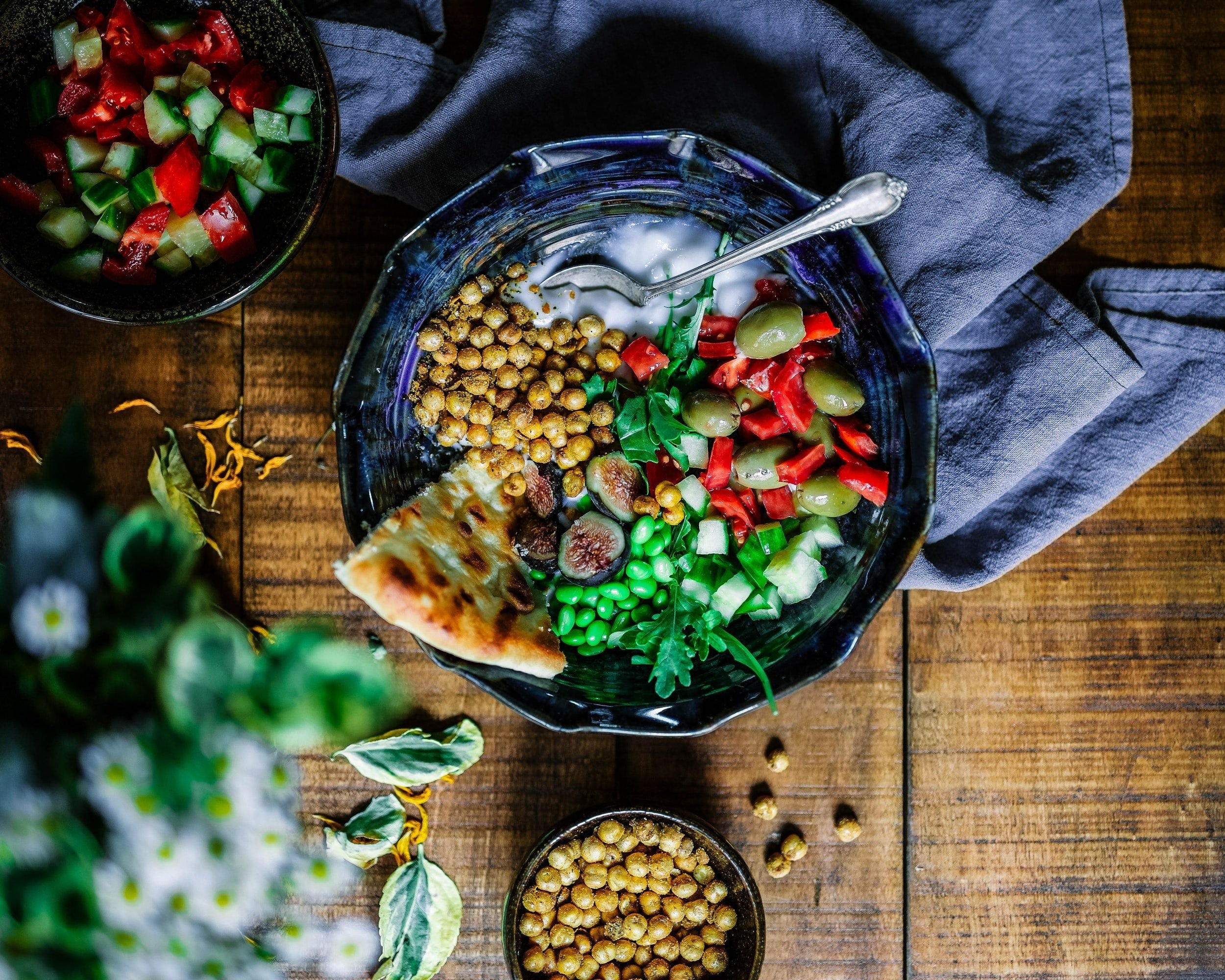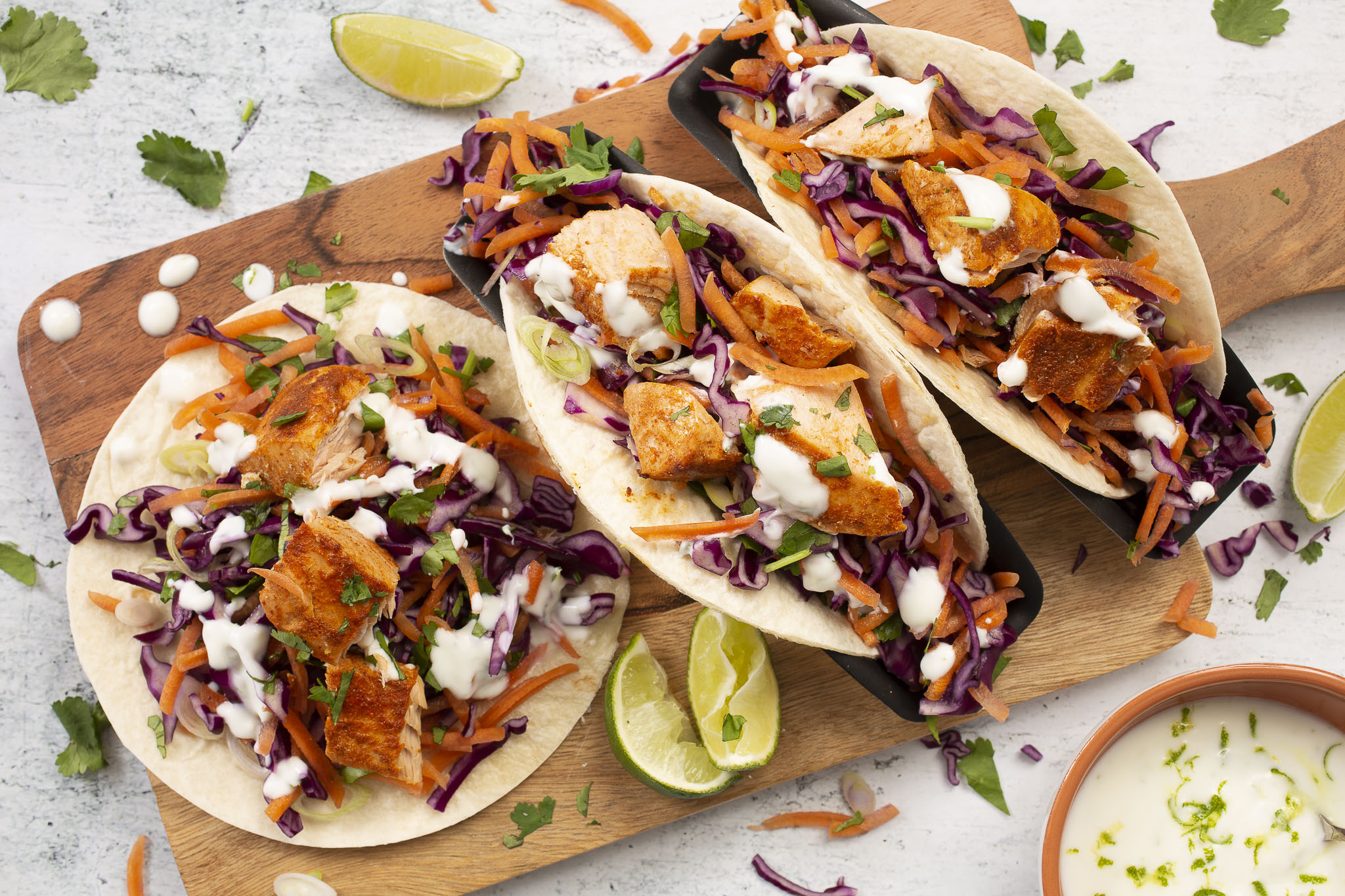Our bodies depend on iron in many ways. Humans require it for the synthesis of a number of hormones as well as hemoglobin, which transports oxygen to our muscles and lungs. We could feel worn out, get chest aches, or feel lightheaded when we lack iron.
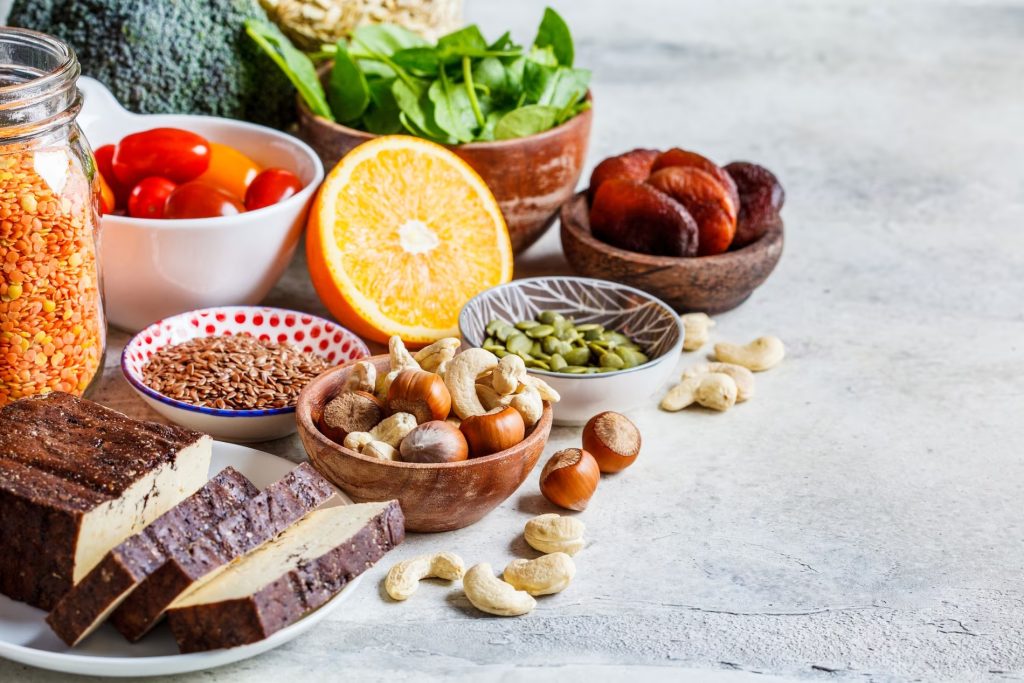 Fortunately, there are several of plant-based iron sources available to make sure you get the necessary daily allowance. Plants contain nonheme iron, which makes absorption challenging. Thus, to make sure we’re receiving enough of it, we need a little more assistance.
Fortunately, there are several of plant-based iron sources available to make sure you get the necessary daily allowance. Plants contain nonheme iron, which makes absorption challenging. Thus, to make sure we’re receiving enough of it, we need a little more assistance.
LEAFY GREENS
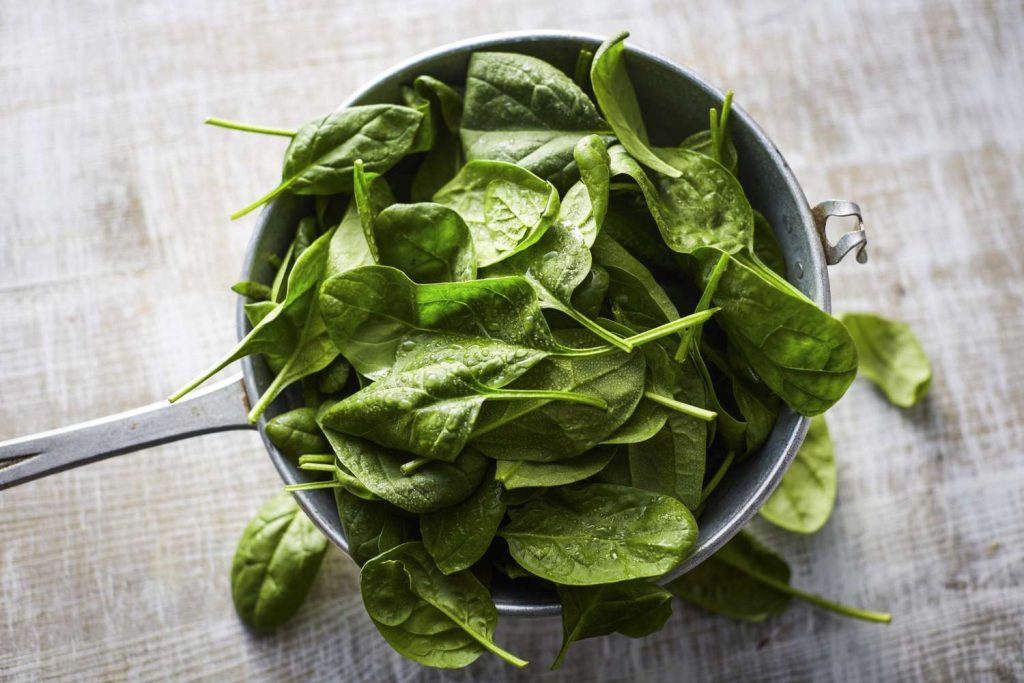 Leafy greens are loaded with health advantages. According to studies, they may delay cognitive aging and lower the risk of heart disease. They may even help with anemia, a condition brought on by persistently low iron levels. Spinach is a leafy vegetable that contains a lot of iron. Around 6 mg of iron is present in one cup of cooked spinach.
Leafy greens are loaded with health advantages. According to studies, they may delay cognitive aging and lower the risk of heart disease. They may even help with anemia, a condition brought on by persistently low iron levels. Spinach is a leafy vegetable that contains a lot of iron. Around 6 mg of iron is present in one cup of cooked spinach.
TOFU
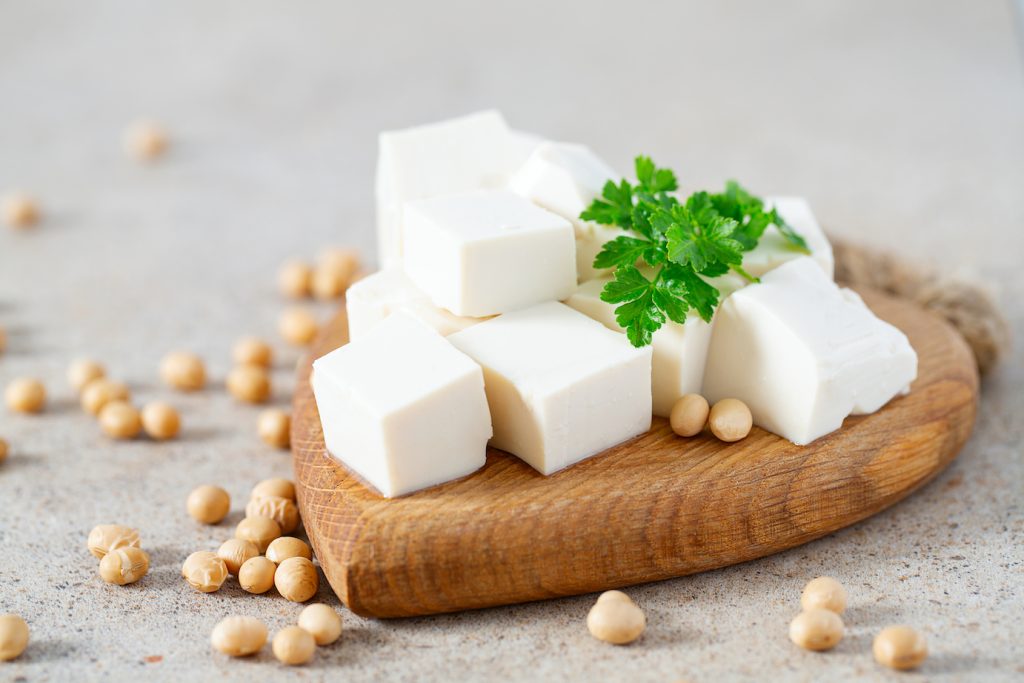
A versatile cuisine created from soybeans is tofu. It is frequently substituted for everything from eggs to meat by vegans. Tofu contains roughly 6 milligrams of iron in only 1/2 cup. Tofu contains nonheme iron, therefore eating it with foods strong in vitamin C, such bell peppers, will aid your body in absorbing it.
LENTILS
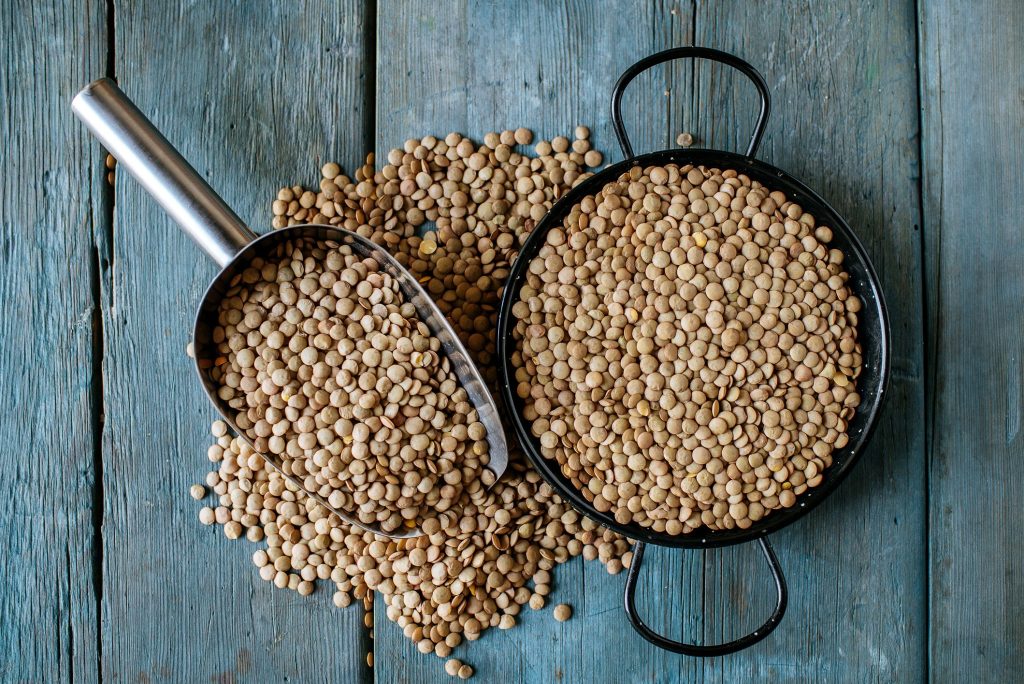 Lentils are a fantastic source of iron whether you consume the green, brown, or red varieties. 6 mg of iron are present in 1 cup. In terms of protein content, they are second to other beans, and one serving provides around 32% of the daily required amount of fiber. The ideal legume to use in salads, soups, and stews is lentils.
Lentils are a fantastic source of iron whether you consume the green, brown, or red varieties. 6 mg of iron are present in 1 cup. In terms of protein content, they are second to other beans, and one serving provides around 32% of the daily required amount of fiber. The ideal legume to use in salads, soups, and stews is lentils.
DARK CHOCOLATE
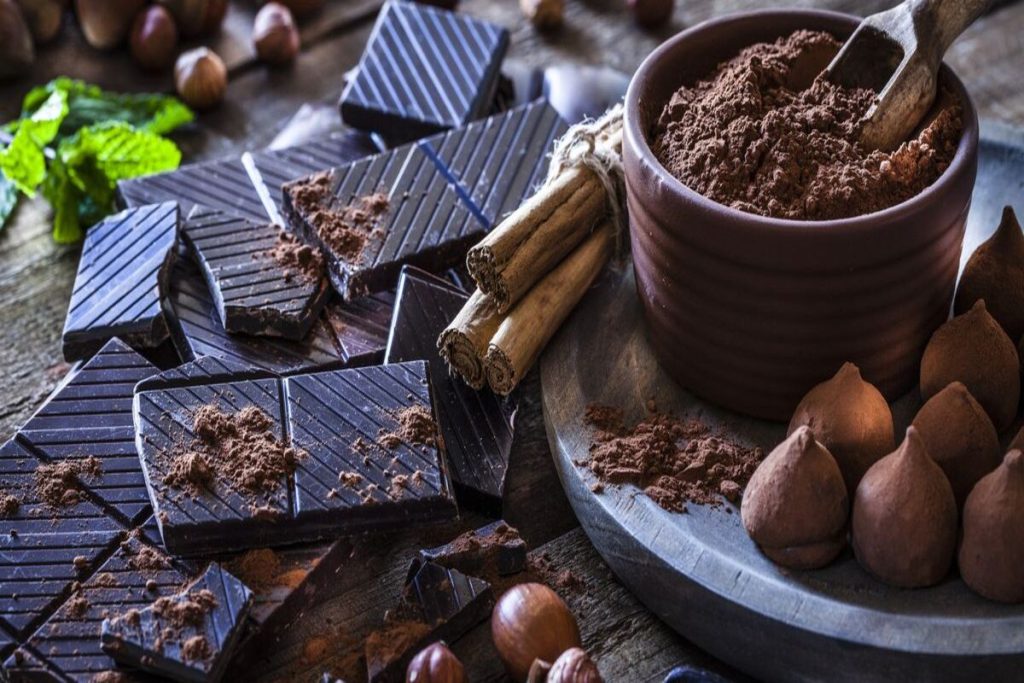 As if you needed another excuse to indulge on chocolate, I suppose. Dark chocolate is beneficial, according to years of study. Flavanols, which are present in cocoa, promote heart health. The same flavanols are antioxidants and have anti-inflammatory effects. One serving of dark chocolate also provides 39% of the daily requirement for iron, making it one of the more significant sources of nonheme iron. Be sure the chocolate you purchase contains at least 70% cacao solids when making your decision.
As if you needed another excuse to indulge on chocolate, I suppose. Dark chocolate is beneficial, according to years of study. Flavanols, which are present in cocoa, promote heart health. The same flavanols are antioxidants and have anti-inflammatory effects. One serving of dark chocolate also provides 39% of the daily requirement for iron, making it one of the more significant sources of nonheme iron. Be sure the chocolate you purchase contains at least 70% cacao solids when making your decision.
FORTIFIED CEREALS
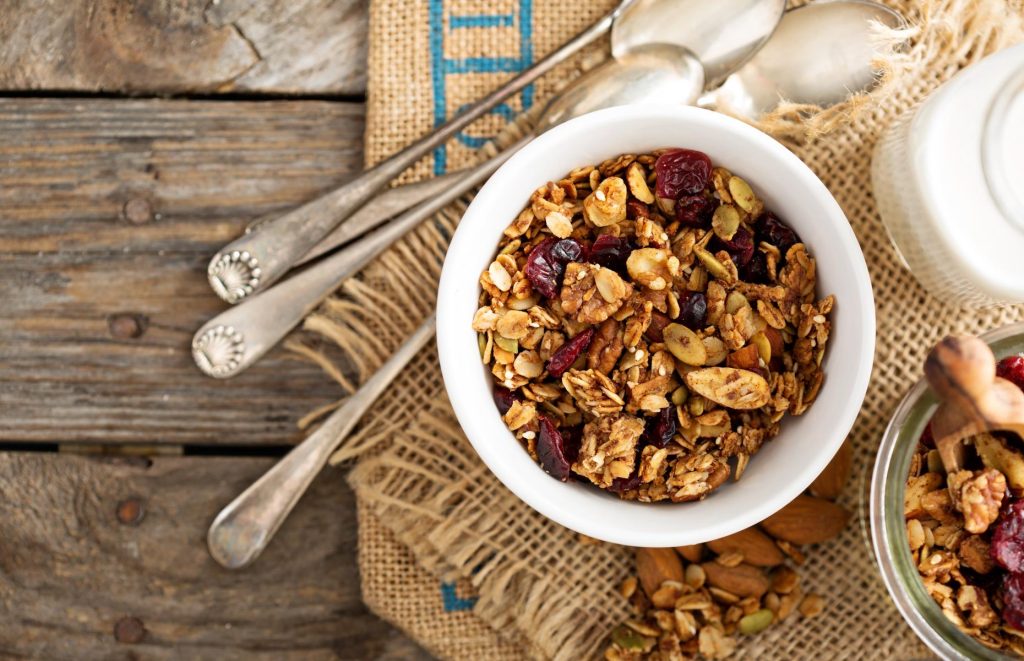 Since that iron deficiency is the most prevalent, several food manufacturers fortify, or add, iron to their goods. Around 3 to 4 mg of iron can be found in a serving of fortified cereal. Examine the nutrition information on the side of the box to make sure you are purchasing a fortified cereal. On the front of certain cereal boxes, the increased iron may even be promoted. Just keep in mind that drinking tea or coffee an hour before or after eating fortified cereal may prevent you from absorbing iron.
Since that iron deficiency is the most prevalent, several food manufacturers fortify, or add, iron to their goods. Around 3 to 4 mg of iron can be found in a serving of fortified cereal. Examine the nutrition information on the side of the box to make sure you are purchasing a fortified cereal. On the front of certain cereal boxes, the increased iron may even be promoted. Just keep in mind that drinking tea or coffee an hour before or after eating fortified cereal may prevent you from absorbing iron.
DRIED APRICOTS
Little, fuzzy, and ripe apricots are a type of stone fruit that have been around since around 4,000 years ago in China. Compared to fresh apricots, dried ones are richer in several nutrients (though also higher in sugar). They are rich in potassium, calcium, and fiber. One milligram of iron may be found in a handful of dried apricots.
BEANS
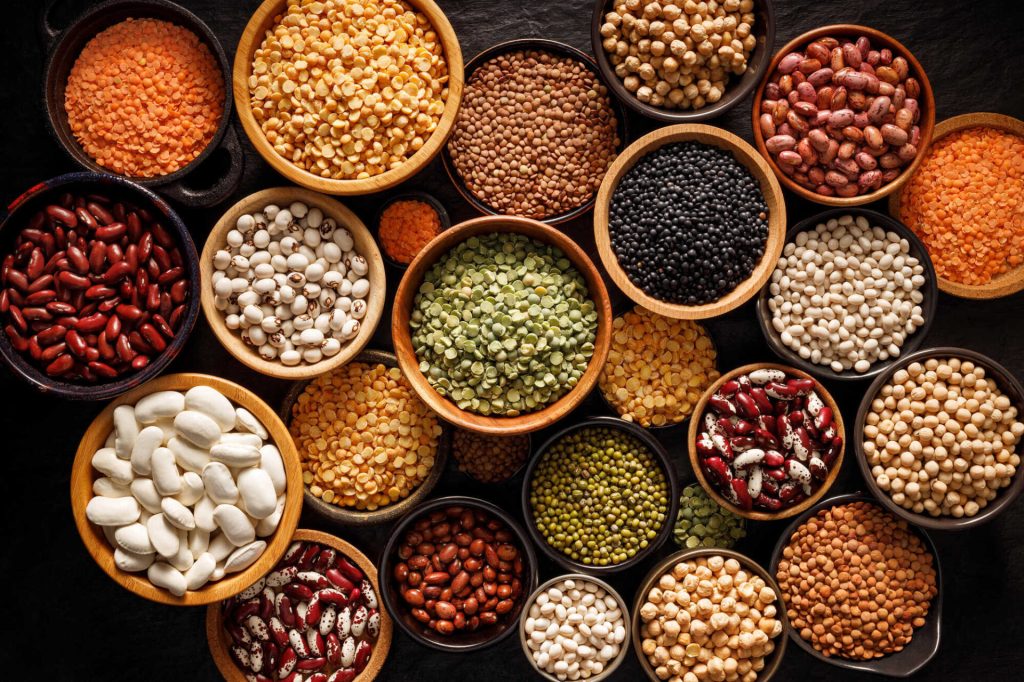 With at least 3 mg of nonheme iron per serving, beans are among the foods highest in nonheme iron content. Lima, kidney, and soybean beans have the highest quantities of iron. Instead of throwing away the water your beans were soaked in, use it to boil them to ensure you obtain the most iron possible.
With at least 3 mg of nonheme iron per serving, beans are among the foods highest in nonheme iron content. Lima, kidney, and soybean beans have the highest quantities of iron. Instead of throwing away the water your beans were soaked in, use it to boil them to ensure you obtain the most iron possible.
PUMPKIN SEEDS
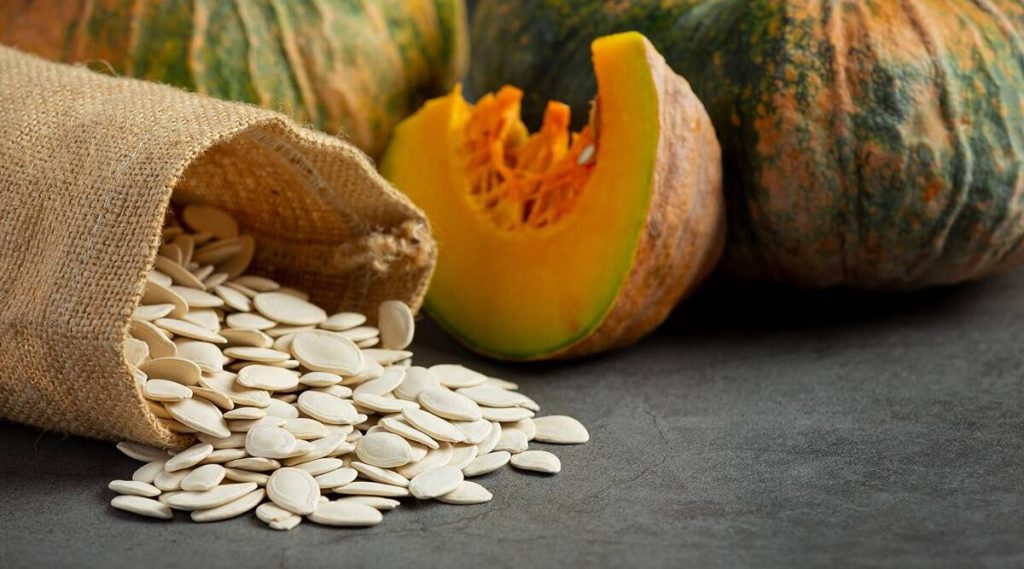 High in nutrients are foods like pumpkin seeds. They are rich in manganese, magnesium, vitamin K, and fiber. They are also rich in iron. More than 2 mg of iron may be found in one ounce of pumpkin seeds. Due to their mild flavor, pumpkin seeds go well with a variety of dishes. They may be added to salads, soups, and smoothies. They are also delicious in an omelet.
High in nutrients are foods like pumpkin seeds. They are rich in manganese, magnesium, vitamin K, and fiber. They are also rich in iron. More than 2 mg of iron may be found in one ounce of pumpkin seeds. Due to their mild flavor, pumpkin seeds go well with a variety of dishes. They may be added to salads, soups, and smoothies. They are also delicious in an omelet.
BROCCOLI
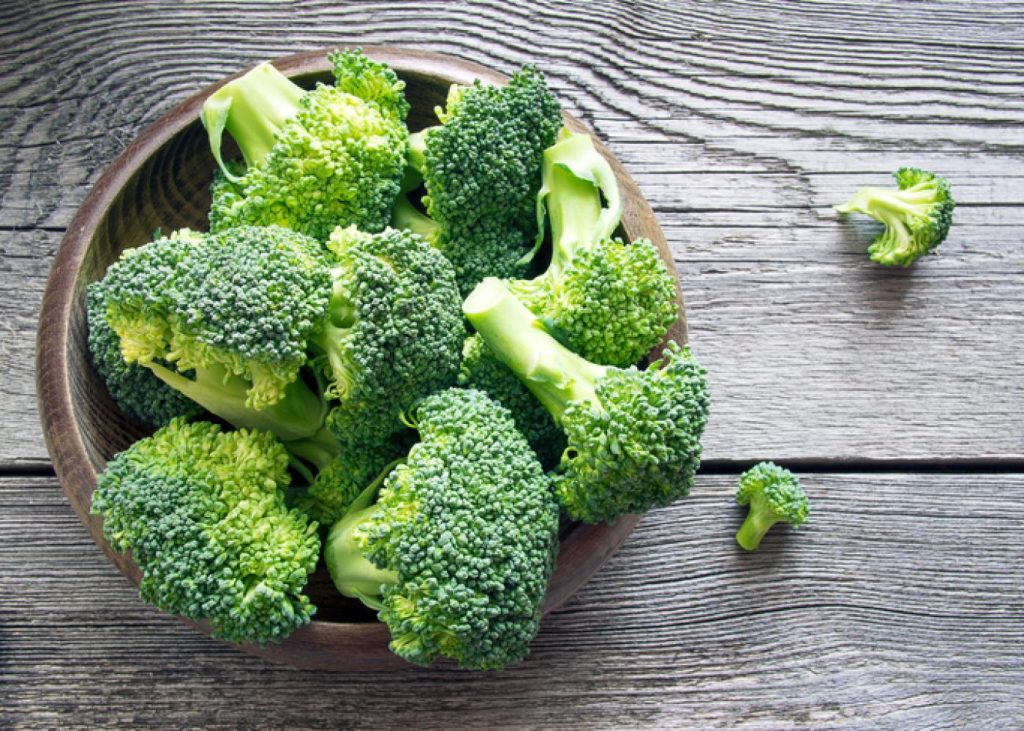 Adding a few extra broccoli stalks to your diet is one of the simplest methods to increase your iron intake. One cup of chopped broccoli has roughly 1 mg of iron in addition to a lot of calcium, vitamin C, and other minerals. Try sautéing broccoli in a cast-iron skillet since it contains nonheme iron and is difficult to absorb.
Adding a few extra broccoli stalks to your diet is one of the simplest methods to increase your iron intake. One cup of chopped broccoli has roughly 1 mg of iron in addition to a lot of calcium, vitamin C, and other minerals. Try sautéing broccoli in a cast-iron skillet since it contains nonheme iron and is difficult to absorb.
BLACKSTRAP MOLASSES
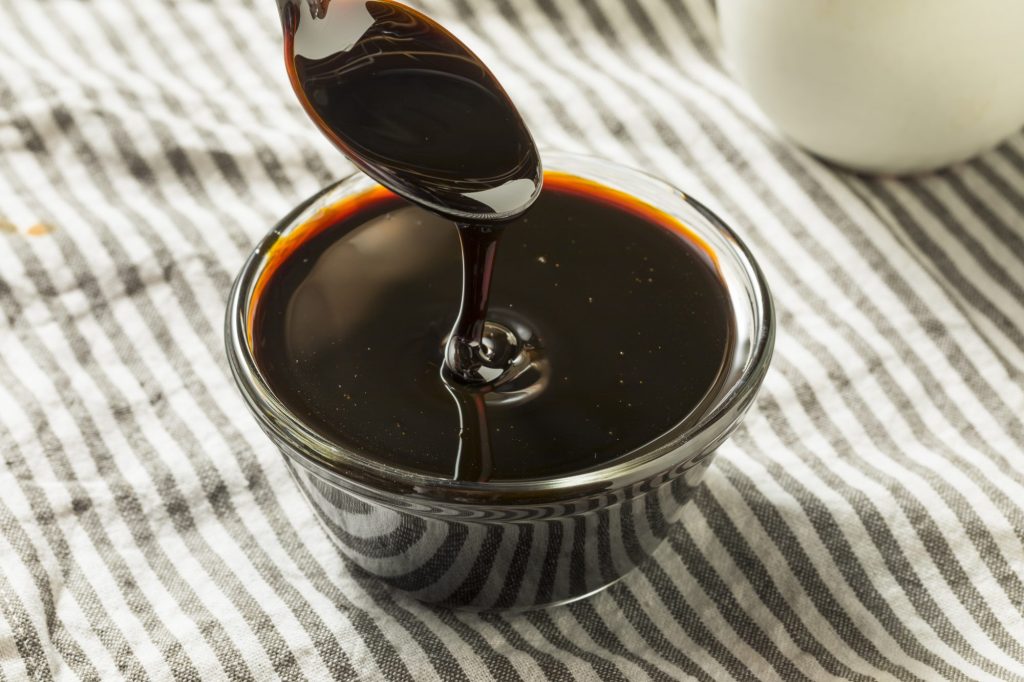 After numerous boils, sugar cane produces molasses as a byproduct. A third boil’s residual nutrients and sugar produce blackstrap molasses, which has a high iron content. Two tablespoons give more than seven milligrams. Blackstrap molasses can be used to sauces, salads, smoothies, and baking.
After numerous boils, sugar cane produces molasses as a byproduct. A third boil’s residual nutrients and sugar produce blackstrap molasses, which has a high iron content. Two tablespoons give more than seven milligrams. Blackstrap molasses can be used to sauces, salads, smoothies, and baking.

